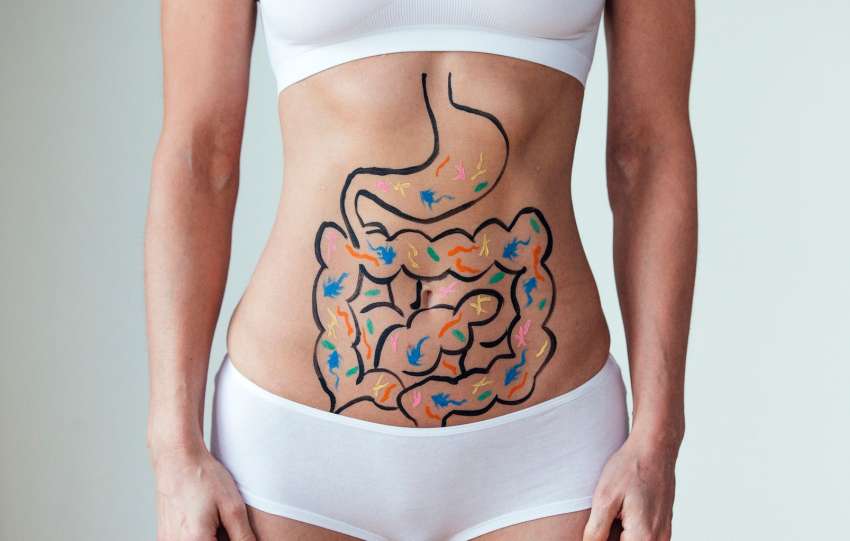Most parents have heard stories about younger kids who’re fed new foods and go through allergic reactions. The top information is that the reactions of the one aren’t very common, taking place in an anticipated 2 to 5 percentage of toddlers much less than 1 year of age. However, toddlers and infants are much more likely to increase food allergic reactions than older kids or adults due to the fact allergic reactions generally arise early in life, while the immune and digestive systems aren’t mature.
Though the chance is small, parents and doctors have to no longer be lulled right into a fake experience of safety concerning the capacity severity of detrimental food reactions. To be safe, it is constantly sensible to provide new ingredients to children slowly, one at a time. Generally, parents have to wait about per week to look at whether or not brand new food reasons a response earlier than introducing others into the weight loss plan.
An infant’s chance of growing food allergic reactions is strongly encouraged by an own circle of relatives records of allergic reactions. Children with an allergy are determined to have two times the chance of growing food hypersensitivity than are kids without an allergic parent.
It is crucial to note that kids can occasionally outgrow their allergic reactions to exploit, eggs, soy, and wheat. However, allergic reactions to peanuts, nuts, fish, and shellfish tend to persist at some stage in adulthood.
 Food allergic reactions arise while the body’s immune system mistakenly believes a harmless substance, in this example a food, is harmful. In a try and defend the body, the immune system makes particular antibodies to that meal. These antibodies are referred to as IgE antibodies. The subsequent time the particular food is eaten; big quantities of antibodies and histamine are launched by the immune system. Histamine is a substance produced by the body that performs the main function in lots of allergic reactions. These chemical compounds cause allergic signs and symptoms that could affect the breathing system, gastrointestinal tract, pores and skin, and cardiovascular devices. The great manner to deal with meals allergic reactions is to keep away from all ingredients that purpose the allergic reactions.
Food allergic reactions arise while the body’s immune system mistakenly believes a harmless substance, in this example a food, is harmful. In a try and defend the body, the immune system makes particular antibodies to that meal. These antibodies are referred to as IgE antibodies. The subsequent time the particular food is eaten; big quantities of antibodies and histamine are launched by the immune system. Histamine is a substance produced by the body that performs the main function in lots of allergic reactions. These chemical compounds cause allergic signs and symptoms that could affect the breathing system, gastrointestinal tract, pores and skin, and cardiovascular devices. The great manner to deal with meals allergic reactions is to keep away from all ingredients that purpose the allergic reactions.
Food intolerance is a response to meals that don’t contain the immune system. Foods together with milk containing lactose, pink wine, chocolate, monosodium glutamate (MSG), meal shades and sulfites are all examples of ingredients typically related to intolerances. For example, someone with lactose intolerance lacks the enzyme needed to digest milk sugar and can revel in signs and symptoms together with gas, bloating, and belly ache after ingesting milk merchandise. As with meals allergic reactions, the great answer is to keep away from those ingredients.
Before being recognized with food hypersensitivity, your baby’s medical doctor will ask approximately his or her meal reactions. You can be requested to maintain in depth meal records in your baby. Sometimes a removal weight loss plan — in which ingredients suspected of inflicting the hypersensitivity are briefly eliminated is needed.
After this, your baby’s medical doctor may also use a scratch pore and skin check, for the duration of which a dilute extract of the meals is located at the pores and skin, scratched with a needle, and discovered for swelling or redness. Other assessments just like the radioallergosorbent check (RAST) or enzyme-related immunosorbent assay (ELISA) blood check can be used in case your baby had an intense allergic response.
People will have advantageous pores and skin check to a food allergen even though they now no longer revel in allergic signs and symptoms after ingesting those meals. An advantageous pores and skin check does now no longer mechanically imply that there’s food hypersensitivity. Doctors will simply diagnose a meal’s hypersensitivity while an affected person has an advantageous pore and skin or blood check to a particular allergen and the records of those reactions show hypersensitivity to identical foods.
 Allergists can assist in layout a remedy plan for the successful control of meals allergic reactions and allergic reactions. Also, registered dietitians can assist to increase a healthful, tasty weight loss plan regardless of meal regulations and allow you to display meal facts for hidden reasserts of trouble ingredients.
Allergists can assist in layout a remedy plan for the successful control of meals allergic reactions and allergic reactions. Also, registered dietitians can assist to increase a healthful, tasty weight loss plan regardless of meal regulations and allow you to display meal facts for hidden reasserts of trouble ingredients.
There isn’t any remedy for food allergic reactions. Therefore strict avoidance of the ingredients your baby is allergic to is the simplest manner to save you a response. Sometimes, medicines together with antihistamines, like Benadryl, or epinephrine are prescribed.
If you have food hypersensitivity, you have to simply not forget to reintroduce the ingredients under a medical doctor’s supervision. Although kids may also outgrow a few meals allergic reactions, this frequently relies upon the severity of the preliminary response. Many children outgrow their allergic reactions by the point they attain adolescence, even though a few allergic reactions mainly peanuts, nuts, and seafood allergic reactions typically persist. Again, reintroduce ingredients simplest after talking together along with your baby’s medical doctor.
A food challenge is while an allergenic food is reintroduced into the weight loss plan and the kid is carefully monitored for hypersensitivity signs and symptoms. The allergenic meals generally may be much less of trouble if combined with different ingredients or if it’s far discovered in processed ingredients. For example, introduce eggs in bakery merchandise or milk as cheese or yogurt, in preference to scrambled eggs or a tumbler of milk. Your baby’s medical doctor will decide whether or not or now no longer a food challenge has to take place, in addition to the appropriate timing of this kind of mission.






